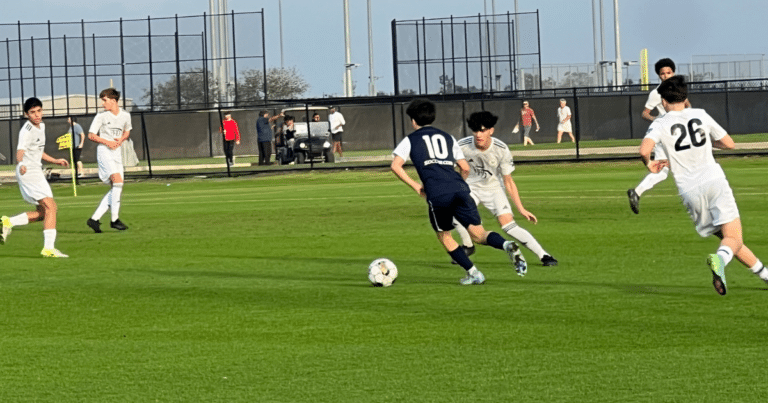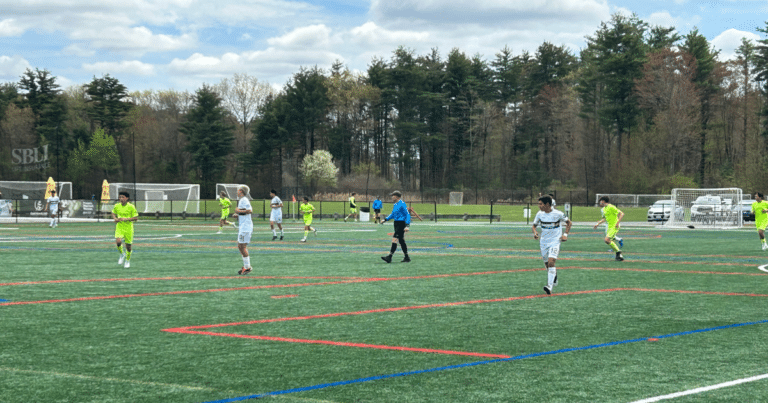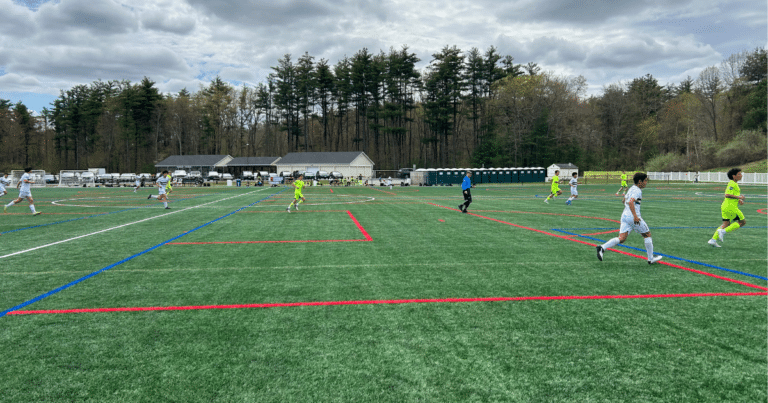Why Inverted Wingers Are Soccer’s New Secret Weapon
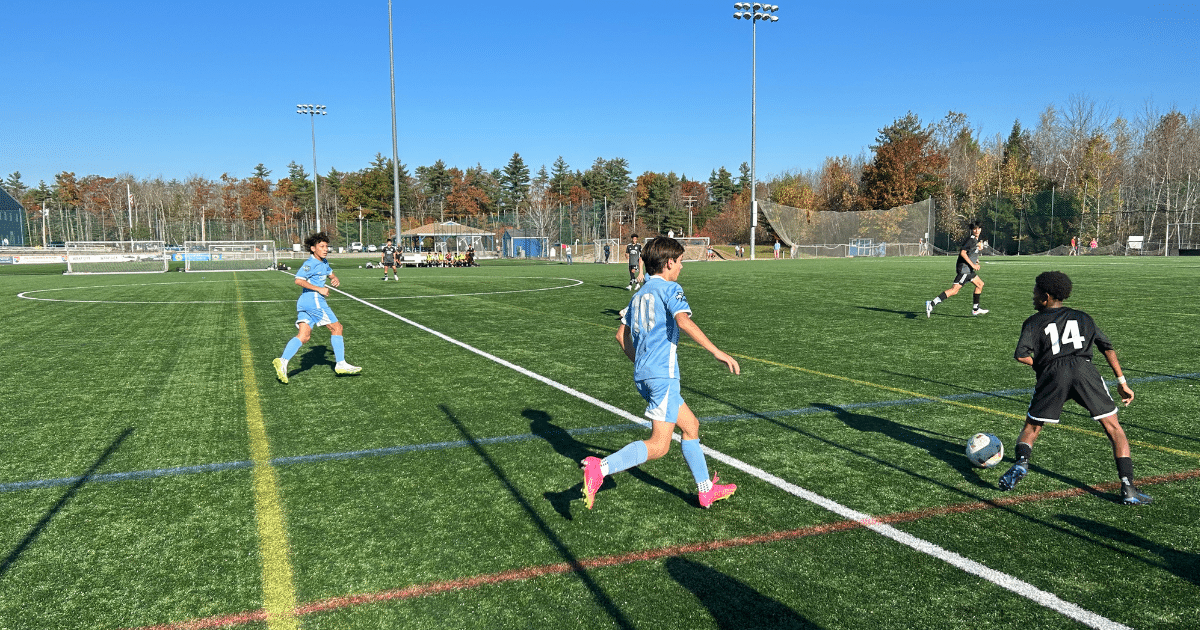
An inverted winger is a soccer player who lines up on the opposite side of their strong foot, creating a tactical advantage that’s reshaping how teams attack.
For example, a left-footed player positions on the right wing, enabling them to cut inside and strike with their dominant foot – a simple switch that opens up countless scoring opportunities.
TL;DR:
Why It Works
Modern soccer demands versatility and unpredictability. Inverted wingers deliver both by adding a new dimension to attacking play.
Instead of being confined to the sideline, these players become three-dimensional threats – they can go wide, cut inside, or create space for overlapping defenders.
Real-World Success Stories
Look no further than Arsenal’s Bukayo Saka for proof of this position’s effectiveness.
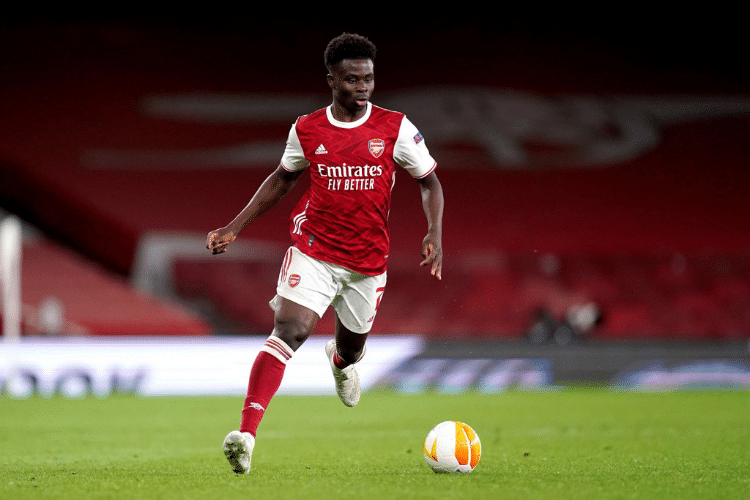
As a left-footed player on the right wing, his heat map shows significant activity in central areas of the final third, demonstrating how inverted wingers naturally drift into dangerous scoring positions.
From Youth to Pro
Youth soccer is embracing this tactical innovation.
I’ve seen wingers switch midseason and find more success as an inverted winger. My son is a great example. As a leftie, he lined up on the right side and scored more goals right away.
Key Insights:
- The rise of inverted wingers reflects soccer’s evolution toward more fluid, unpredictable attacking patterns
- Successful teams often pair inverted wingers with overlapping fullbacks, creating a tactical nightmare for defending teams
Drills To Improve as an Inverted Winger
As an inverted winger, it’s important to focus on certain aspects of your game especially as you progress technically. Here is a great video to do so…
The Future of Wing Play
While traditional wingers still have their place, the inverted winger position offers a blueprint for modern attacking soccer.
It’s not just about being different – it’s about being more effective. For young players, developing both feet and understanding how to create space becomes crucial, as tomorrow’s game will demand even more versatility.
Remember: The best inverted wingers don’t just rely on one move – they combine technical skills with tactical awareness to keep defenders guessing.
Whether you’re a coach, player, or fan, understanding this position helps you appreciate the beautiful evolution of soccer.

Written By: SoccerNovo
SoccerNovo is an independent youth soccer media brand built to help parents, players, and coaches better understand the game and the pathways available in U.S. soccer. Our mission is to make youth soccer simpler, clearer, and more accessible for everyone involved in it.
Let’s connect


